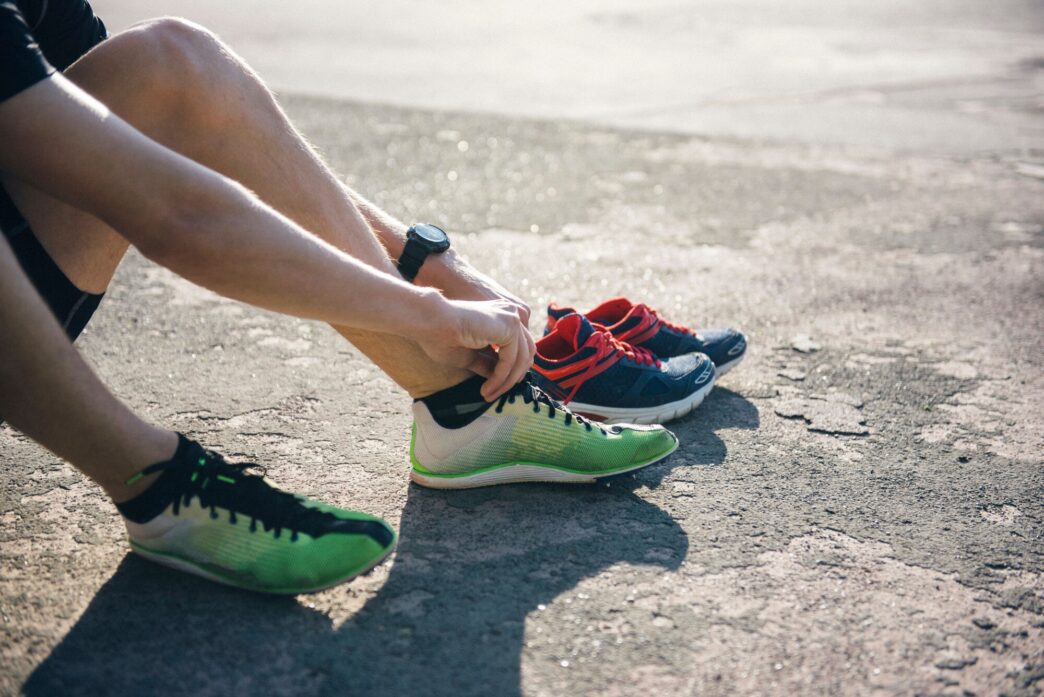A Quick Takeaway
The Story Behind the Trend
How to Make It Work for You
The Community View
The right running shoes are paramount for anyone aspiring to conquer the marathon distance, offering crucial support, cushioning, and propulsion to minimize fatigue and prevent injuries over 26.2 miles. Selecting the ideal pair involves understanding your unique biomechanics, the specific demands of the race, and the innovative technologies available, ensuring every stride from dedicated training to the triumphant finish line contributes to your mastery and potential. This comprehensive guide will help you navigate the intricate landscape of high-performance footwear, empowering you to make an informed, personalized choice for your next marathon endeavor.
The Critical Role of Marathon Footwear
For marathoners, footwear isn’t merely an accessory; it’s a foundational piece of equipment that directly impacts performance, comfort, and injury prevention. Over 26.2 miles, a runner’s feet absorb thousands of impacts, making adequate shock absorption and stability non-negotiable. The cumulative stress on the body demands shoes that can mitigate fatigue and protect joints, muscles, and tendons.
Well-chosen marathon shoes can significantly reduce the risk of common running injuries, such as shin splints, plantar fasciitis, and runner’s knee. They achieve this by providing targeted support, distributing pressure evenly, and absorbing impact forces effectively. Furthermore, the right shoes can enhance running economy, allowing you to maintain pace with less effort, which is vital in the later stages of a marathon.
Key Features of Marathon-Ready Shoes
When evaluating shoes for marathon mastery, several key features stand out as critical for long-distance performance and comfort. Understanding these elements will help you discern which shoes align best with your needs.
Cushioning and Responsiveness
Marathon shoes require a delicate balance of ample cushioning for comfort over long distances and responsiveness for energy return. Modern foams, often lightweight and highly energetic, provide significant shock absorption without feeling sluggish. This responsiveness translates into a noticeable “bounce” or “pop” that can help propel you forward with each stride, conserving energy.
Weight and Fit
While some cushioning adds weight, the best marathon shoes are engineered to be as light as possible, especially for race day. A lighter shoe reduces the energy expenditure required to lift your feet thousands of times. An optimal fit is also paramount; shoes should feel snug but not restrictive, with enough room in the toe box to prevent blisters and black toenails as your feet naturally swell during long runs.
Advanced Technologies
Many top-tier marathon shoes incorporate advanced technologies like carbon fiber plates and aggressive rocker geometries. Carbon plates are embedded within the midsole to provide stiffness and leverage, enhancing propulsion and improving running economy. Rocker geometries facilitate a smoother transition from heel strike to toe-off, reducing the work required by your foot and ankle muscles.
Understanding Shoe Categories for Marathoners
The landscape of running shoes can be broadly categorized to help runners select appropriate footwear for different aspects of their marathon training.
Race Day “Super Shoes”
These specialized shoes are designed for peak performance on race day. They typically feature maximal, lightweight cushioning, often with PEBA-based foams, and an integrated carbon fiber plate. Their primary goal is to maximize running economy and speed, making them ideal for setting personal bests. Due to their specific design and often higher cost, they are usually reserved for the marathon itself and key long runs.
Daily Trainers
Daily trainers are the workhorses of your running shoe arsenal, built for durability and consistent comfort during your high-mileage training weeks. They offer a balanced mix of cushioning, support, and protection, making them suitable for everyday runs, easy efforts, and most long runs. While not as aggressive as race day shoes, they are robust enough to withstand the rigors of marathon preparation.
Stability vs. Neutral Shoes
Runners can generally be categorized as needing either neutral or stability shoes based on their pronation patterns. Neutral shoes are for runners whose feet roll inward naturally and efficiently. Stability shoes, conversely, incorporate features like medial posts or guide rails to gently correct excessive inward rolling (overpronation), providing necessary support to prevent injury.
Choosing Your Marathon Partner
Selecting the right pair of marathon shoes is a highly personal decision that goes beyond brand loyalty or aesthetics. It requires a thoughtful approach to ensure optimal performance and injury prevention.
Gait Analysis and Professional Guidance
Begin your search with a professional gait analysis at a specialty running store. Experts can observe your running form and foot strike, helping to determine your pronation type and recommend shoes that align with your biomechanics. This personalized assessment is invaluable for narrowing down choices.
Prioritize Fit and Comfort
Always prioritize how a shoe feels on your foot over any marketing hype. Try on several pairs, preferably at the end of the day when your feet are slightly swollen, mimicking their state during a long run. Walk and jog in them to assess comfort, fit, and any potential hot spots. Remember, the “best” shoe is the one that feels best for you.
The Benefits of Shoe Rotation
Consider implementing a shoe rotation strategy. Having two or three pairs of shoes—perhaps a daily trainer, a speed work shoe, and a race day shoe—offers multiple benefits. It allows different muscle groups in your feet and legs to work, extends the lifespan of each pair, and ensures you have the right tool for every type of run in your marathon training block.
Mastering Your Marathon Journey
Ultimately, unleashing your potential for marathon mastery hinges significantly on the footwear you choose. By understanding the critical features of marathon-ready shoes, discerning between different categories, and prioritizing a personalized fit through professional guidance, you equip yourself for success. Invest wisely in your feet, and they will carry you confidently through every mile, toward achieving your marathon dreams.







